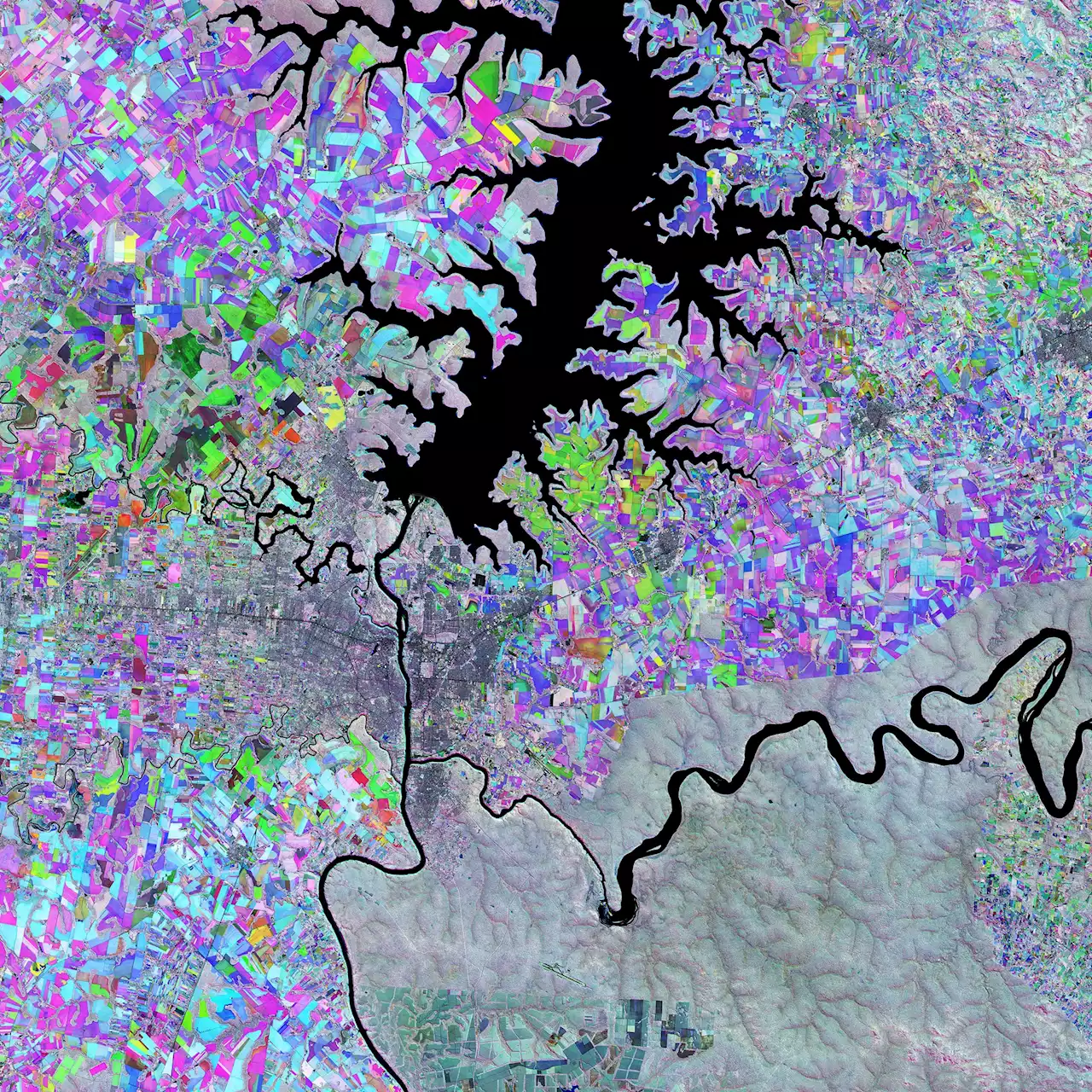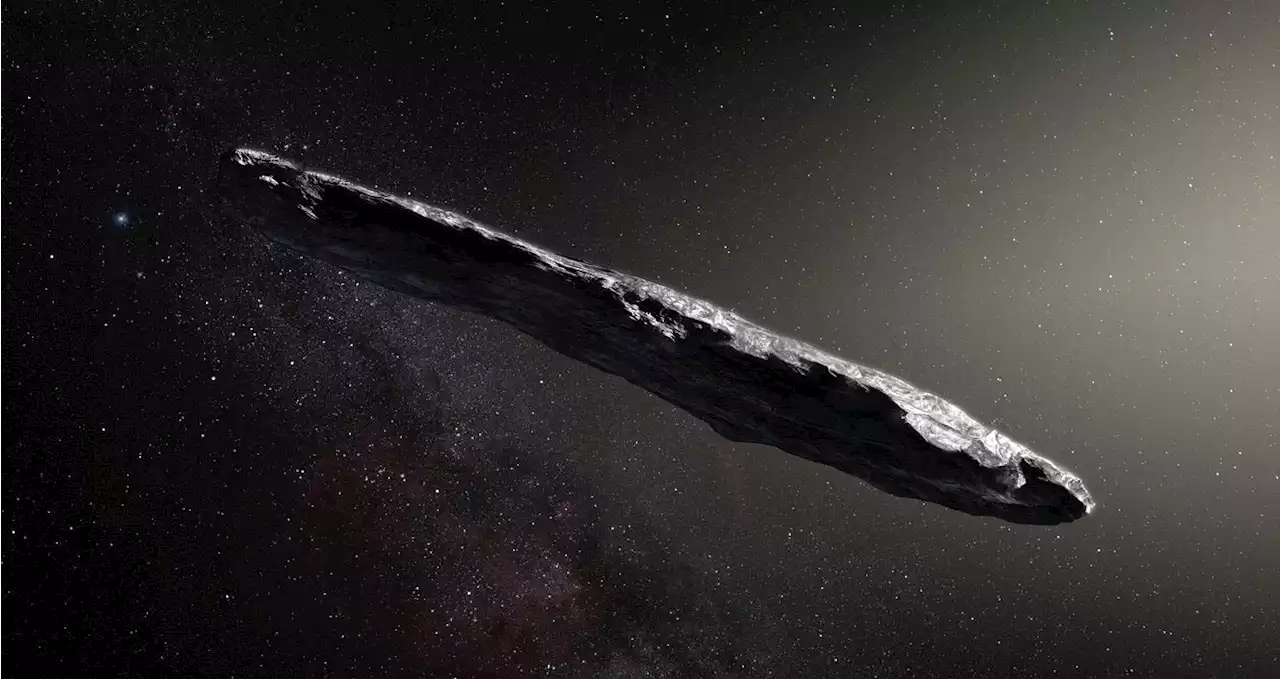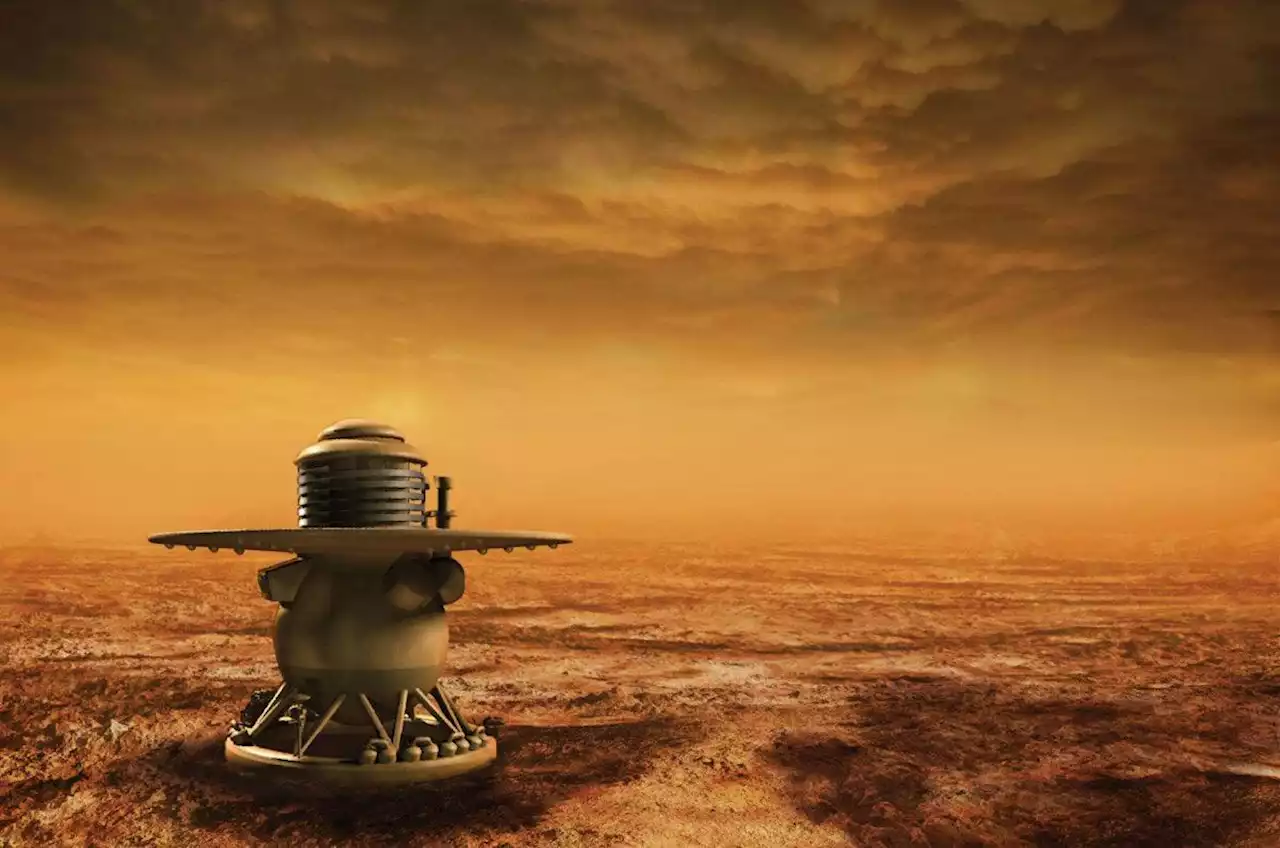The Chinese satellite TJS-3 has been inspecting other countries' assets in geostationary orbit.
Satellites in geostationary orbit circle Earth above the equator from west to east, taking 23 hours, 56 minutes and 4 seconds to circle our planet — the same amount of time it takes Earth to complete one rotation. This makes satellites in GEO appear to be"stationary" over a fixed position.
A Chinese satellite launched in 2018 has been inspecting other nations' spacecraft high above Earth in geostationary orbit., was sent up into geostationary orbit in late 2018. It then released a small subsatellite, possibly to help test TJS-3's capabilities. Orbital data reveals that TJS-3 has been making close approaches to American satellites in recent months. For example, the Twitter accountthat the satellite has been drifting along the geostationary belt, but pausing to take a closer look at satellites USA 233 and USA 298, both thought to be military communications satellites operated by the
United States Latest News, United States Headlines
Similar News:You can also read news stories similar to this one that we have collected from other news sources.
 Exploring Earth From Space: Stunning View of the Triple FrontierThe Triple Frontier, a region where Paraguay, Brazil, and Argentina meet, is featured in this false-color image, captured by the European Space Agency's Copernicus Sentinel-2 mission. Also known as the Tri-border region, the Triple Frontier is a geographical area in South America where the border
Exploring Earth From Space: Stunning View of the Triple FrontierThe Triple Frontier, a region where Paraguay, Brazil, and Argentina meet, is featured in this false-color image, captured by the European Space Agency's Copernicus Sentinel-2 mission. Also known as the Tri-border region, the Triple Frontier is a geographical area in South America where the border
Read more »
 Did Life on Earth Come From Outer Space?Some astronomers hypothesize that asteroids and comets might shuttle biological matter between planets.
Did Life on Earth Come From Outer Space?Some astronomers hypothesize that asteroids and comets might shuttle biological matter between planets.
Read more »
 Space mirrors could be one way to cool Earth, a new UN report claimsA new UN report actually seriously considers deploying giant space mirrors to reflect sunlight and help lessen the impact of rising global temperatures.
Space mirrors could be one way to cool Earth, a new UN report claimsA new UN report actually seriously considers deploying giant space mirrors to reflect sunlight and help lessen the impact of rising global temperatures.
Read more »
 Venus grade: NASA seeks a lander battery tough enough to survive Earth's evil twinVenus' surface is a hellish place, but that won't stop NASA's future landers from trying to explore it.
Venus grade: NASA seeks a lander battery tough enough to survive Earth's evil twinVenus' surface is a hellish place, but that won't stop NASA's future landers from trying to explore it.
Read more »
